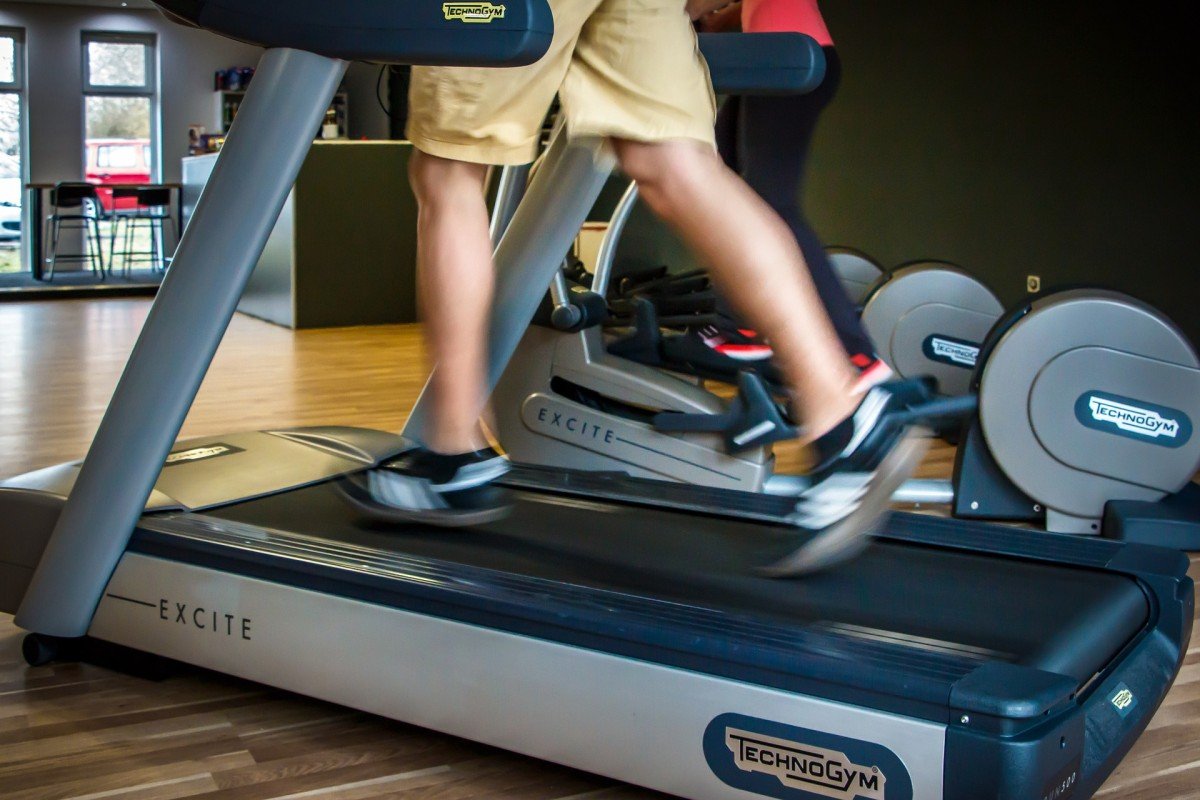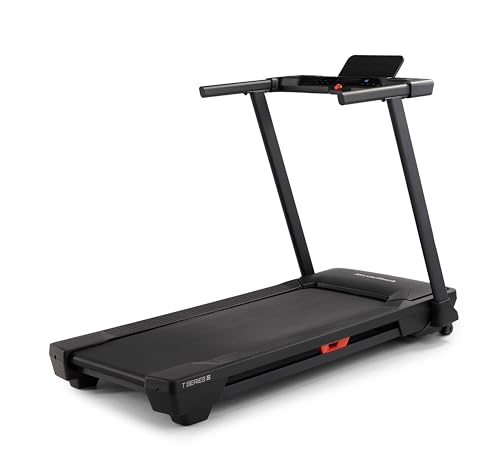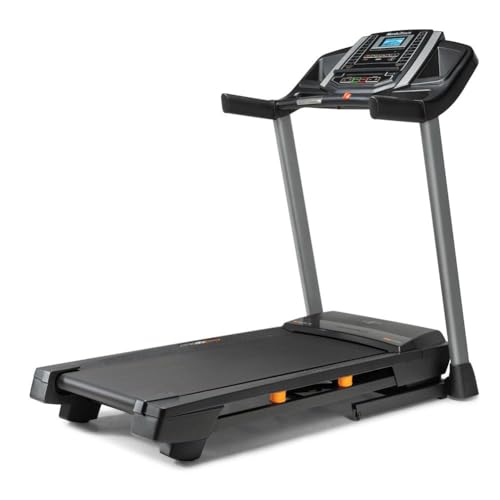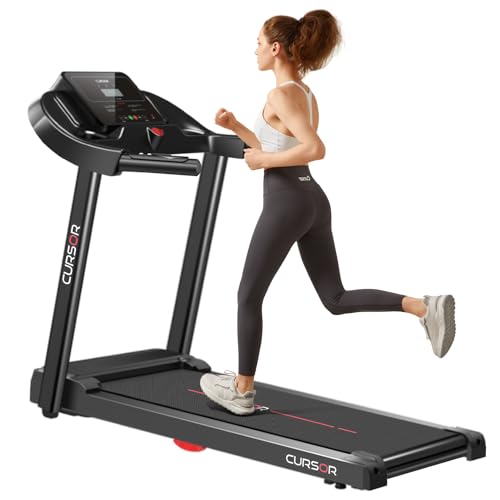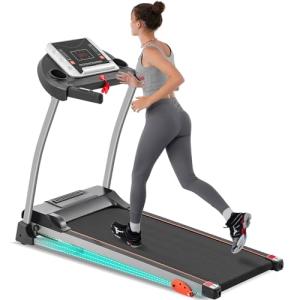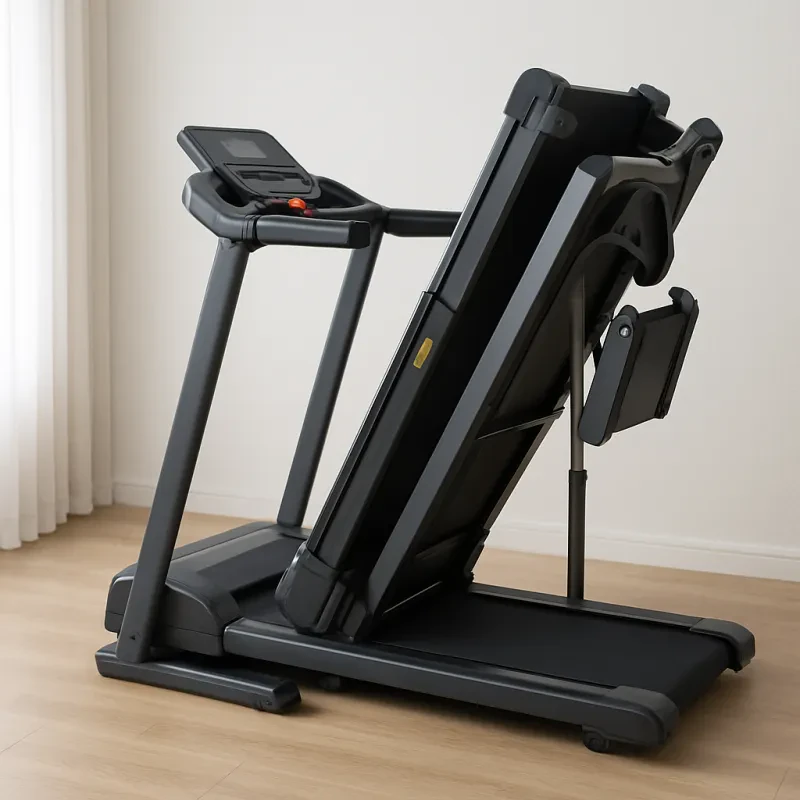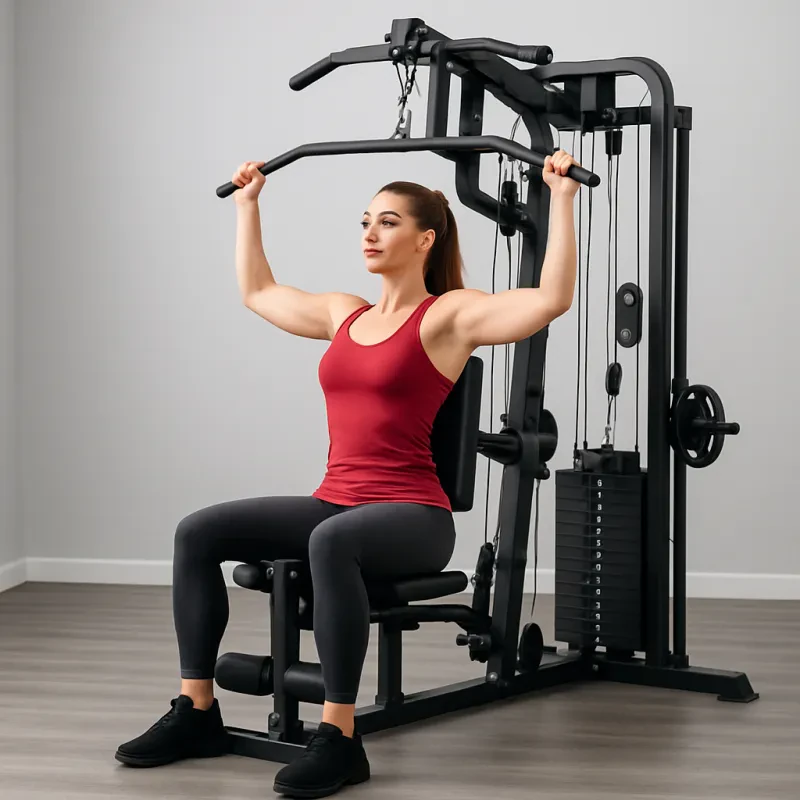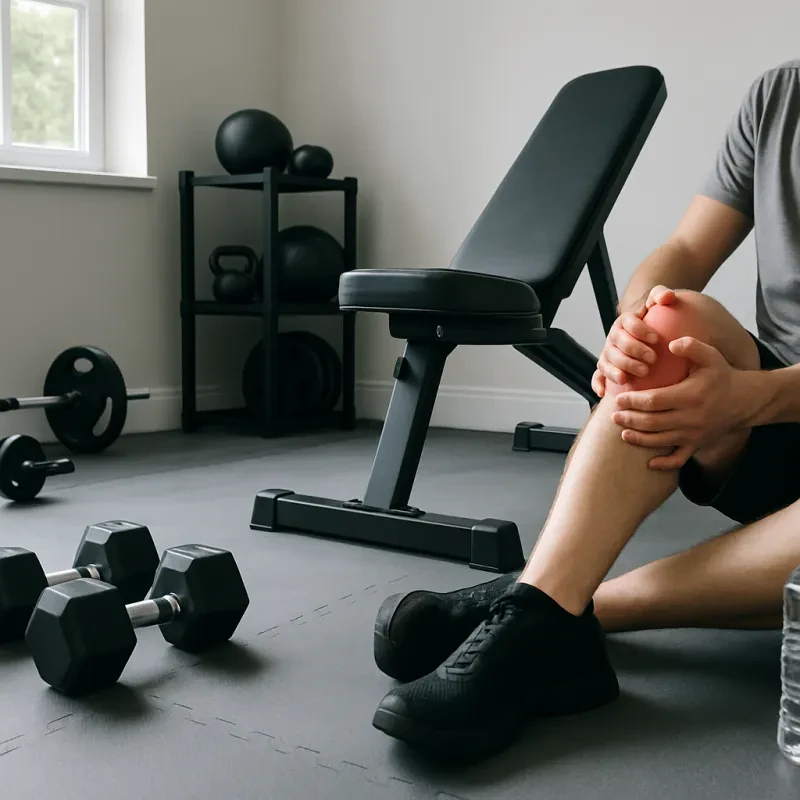Buying a treadmill is a great investment in your fitness, but there are several factors to consider to ensure you get the right one for your needs. Here’s what you should know before making your purchase:
Purchasing the best treadmill for home use is an exciting step toward achieving your fitness goals. Whether you’re looking to improve cardiovascular health, lose weight, or maintain an active lifestyle, having a treadmill at home provides a convenient and effective way to exercise. However, with so many options available, choosing the right treadmill can be overwhelming. Before making an investment, it’s important to understand what to look for to ensure you get the top-rated treadmill for your needs. Here’s what you should consider before buying a treadmill.
1. Define Your Fitness Goals
Before purchasing a treadmill, it’s crucial to assess your fitness goals. Are you planning to walk, jog, or engage in intense running workouts? If you’re looking for the best treadmill for walking at home, a basic model with a lower motor power and fewer features may suffice. However, if you’re a serious runner or planning high-intensity workouts, you’ll need a high-performance treadmill with a strong motor, advanced shock absorption, and a durable running belt.
2. Consider Your Budget
Treadmills come in a wide range of prices, from affordable treadmills to high-end, commercial-grade treadmills. Your budget will determine the type and features of the treadmill you can afford. Here’s a rough price breakdown:
-
Budget ($300–$800): Basic compact treadmills with limited features, lower weight capacities, and simpler designs. Ideal for walking and light jogging.
-
Mid-Range ($800–$1,500): Offers better durability, stronger motors, larger running surfaces, and extra features like incline settings and workout programs. A great choice for the best treadmill for home workouts.
-
High-End ($1,500+): Premium treadmills with powerful motors, advanced cushioning, interactive touchscreens, and connectivity options for virtual training. Best for serious runners and fitness enthusiasts.
3. Motor Power and Performance
The motor is the heart of a treadmill, and its power determines how smoothly and efficiently the machine operates. When looking for the best treadmill for home use, consider:
-
For walking: A 1.5 to 2.5 CHP (Continuous Horsepower) motor is sufficient.
-
For jogging: A 2.5 to 3.0 CHP motor will provide a smooth experience.
-
For running: A 3.0+ CHP motor ensures durability and consistency, making it ideal for the best treadmill for runners at home.
4. Running Surface and Belt Size
The size of the treadmill’s running belt is an essential factor, especially if you’re taller or have a longer stride. When choosing the best home treadmill, keep in mind:
-
For walking: A belt size of at least 16” x 50” is sufficient.
-
For jogging/running: A belt size of at least 20” x 55” is recommended.
-
For tall runners: Look for a belt length of 60” or more for maximum comfort.
A wide treadmill belt provides more safety and freedom of movement, preventing the risk of tripping or feeling restricted.
5. Cushioning and Shock Absorption
A treadmill with good shock absorption helps reduce impact on your joints, making your workouts more comfortable and preventing injuries. If joint health is a concern, choose a low-impact treadmill with advanced cushioning technology.
6. Incline and Decline Features
Incline features add variety to your workouts and help simulate outdoor terrain. A treadmill with incline and decline allows you to:
-
Burn more calories compared to walking or running on a flat surface.
-
Target different muscle groups, such as calves and glutes.
-
Reduce impact on joints by distributing weight more evenly.
7. Console Features and Smart Technology
Modern treadmills come with a variety of console features, from basic LCD screens to full-color HD touchscreens with Wi-Fi and Bluetooth connectivity. The best smart treadmills offer:
-
Preset workout programs: Help you stay motivated.
-
Heart rate monitoring: Useful for tracking intensity levels.
-
App compatibility: Sync with fitness apps like Peloton, iFit, and Zwift.
-
Entertainment options: Built-in speakers, tablet holders, and streaming capabilities.
8. Weight Capacity and Stability
Ensure the treadmill supports your weight comfortably. The best treadmill for heavy users should have a weight capacity of at least 350 lbs, ensuring durability and safety.
9. Folding vs. Non-Folding Treadmills
If you have limited space, a folding treadmill for small spaces is a great option. These treadmills can be stored upright when not in use. However, non-folding treadmills are generally sturdier and more stable, making them ideal for serious runners or frequent usage.
10. Warranty and Customer Support
A treadmill is a significant investment, so make sure it comes with a good treadmill warranty that includes:
-
Frame: Lifetime warranty.
-
Motor: 5–10 years warranty.
-
Parts and electronics: 1–3 years warranty.
-
Labor: 1 year.
11. Assembly and Maintenance
Some treadmills require professional assembly, while others come pre-assembled or with easy DIY setup instructions. Choosing a low-maintenance treadmill with self-lubricating belts can save time and effort.
12. Test Before You Buy (If Possible)
If possible, visit a store and test different treadmills. Pay attention to how it feels underfoot, whether the controls are user-friendly, and if it meets your expectations in terms of noise and performance. If purchasing online, read treadmill reviews to get real-world insights.
Buying the best treadmill for home use is an investment in your health and fitness, but making the wrong choice can lead to frustration and wasted money. By considering factors such as treadmill features, budget, motor power, cushioning, and smart technology, you can find the top-rated treadmill that best suits your needs. Take the time to research, compare models, and, if possible, test different options before making your purchase. With the right treadmill, you’ll be well on your way to achieving your fitness goals from the comfort of your home.
